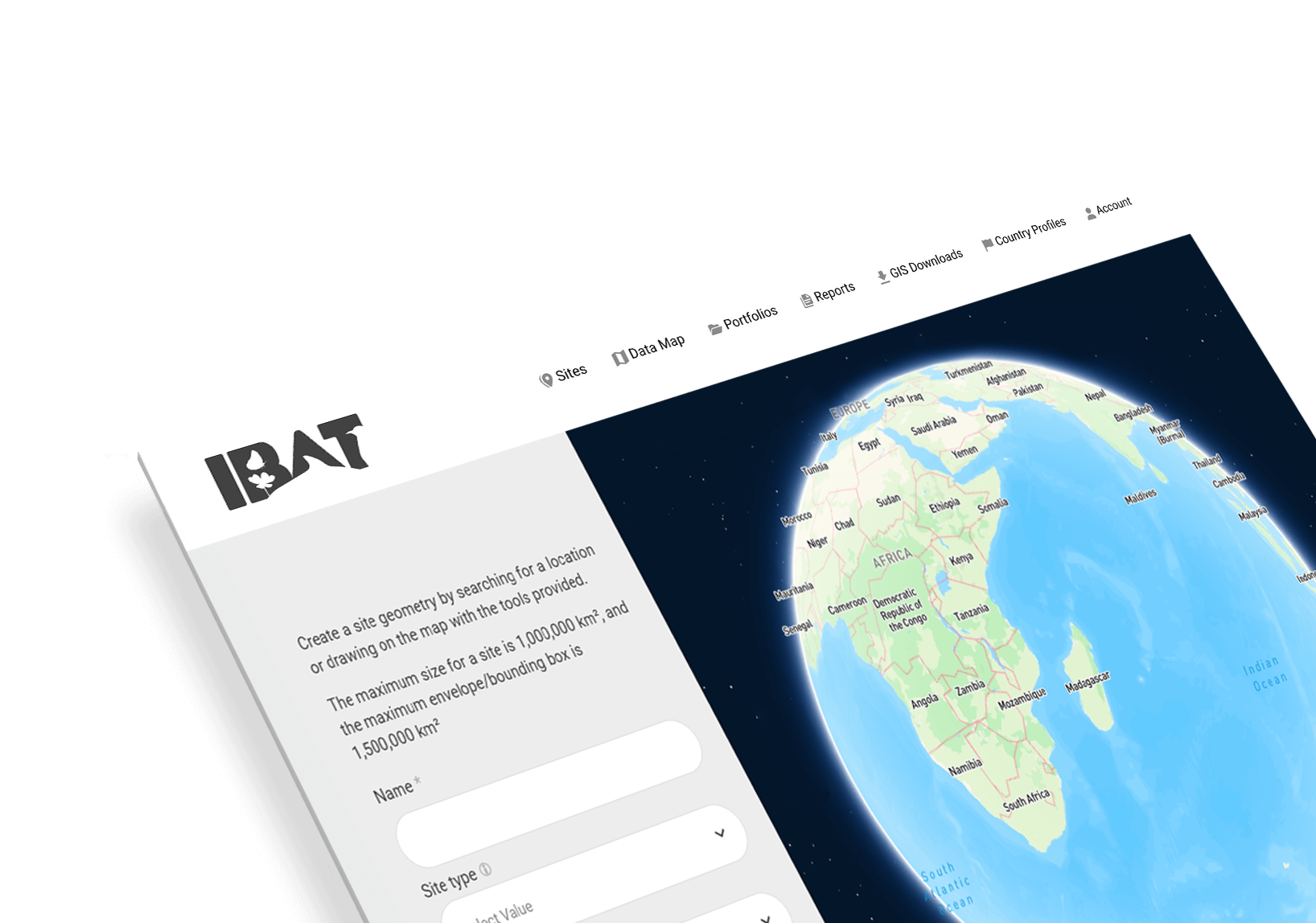STAR, or the Species Threat Abatement and Restoration Metric, is a raster data layer derived from the IUCN Red List of Threatened Species™. It allows organisations to quantify the potential contributions that species threat abatement and restoration activities offer towards reducing extinction risk across the world. It shows how interventions deliver reductions in pressure that can result in changes to the Red List Index (RLI), which is used as the biodiversity indicator for the Sustainable Development Goals, the Kunming-Montreal Global Biodiversity Framework (KMGBF) and the United Nations System for Environmental-Economic Accounting.
STAR is available through IBAT's Estimated Species report and will be highly relevant for organisations contributing towards the KMGBF, as well as those setting science-based targets for nature.
STAR Scores reflect:
- The number and Red List categories of Threatened and Near-Threatened species present at a site or administrative region, and the proportion of their ranges occupied by the site. The greater the proportion of species’ ranges occupied by the site, the greater influence a project can have over the populations that live there, and the more threatened they are, the larger the potential return.
- How much each kind of pressure affects those species. The greater the potential reduction in a pressure is, the greater the potential return.
- The effectiveness with which particular pressures are reduced by interventions .
- STAR scores represent the opportunity to reduce the threat status for species of conservation concern to the category of ‘Least Concern’ - if all species were Least Concern, the STAR score for a given area would be 0
IBAT guidance on how to use STAR and the IBAT Estimated Species report is below. Additionally, IBAT Alliance partner IUCN recently launched the Rapid High-Integrity Nature-positive Outcomes (RHINO) approach to help guide organisations in their interventions to deliver Nature Positive outcomes now. RHINO offers guidance and case study examples on how to use the Species Report as part of your nature-positive journey. Click here to learn more.
STAR industry briefing note
An Industry briefing note describing the Species Threat Abatement and Restoration (STAR) Metric, its relevance and implications for business, as well as presenting case studies of how STAR might be applied indifferent scenarios: View here
STAR business user guide
A Business user guide which provides information on the calculation and interpretation of STAR: View here
Sample IBAT Estimated Species report: Download here
Link to more information: Species Threat Abatement and Restoration (STAR) metric - resource | IUCN




